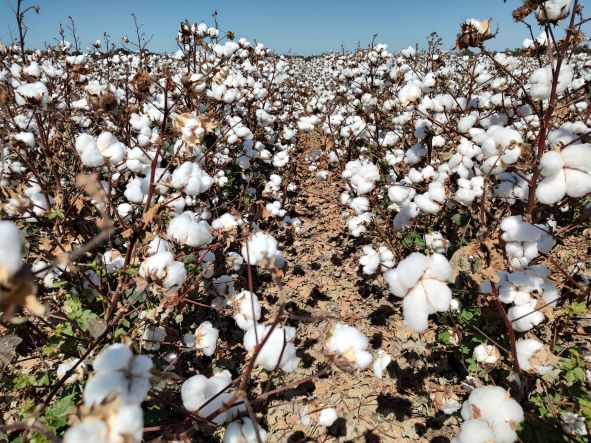Shurley: December Report Seals the Deal
Despite two hurricanes and earlier-than-normal cool temperatures on the Texas Plains – and in spite of what many observers and analysts thought would eventually occur – it looks like the U.S. cotton crop is going to top 21 million bales, and do so with a record yield of 902 lbs per acre.
If the crop was going to get smaller, the December USDA Crop Production numbers were likely going to be the last chance to “get it right.” So, any notion of this crop getting below 21 million bales seems unlikely at this point, but this will all be verified eventually with ginning data.
The December estimates now peg the 2017 cotton crop at 21.44 million bales – up 60,000 bales from the November estimate. The Texas crop is now estimated at 787 lbs per acre and 9.53 million bales – 200,000 bales more than pre-Harvey. The Georgia crop is estimated at 863 lbs per acre and 2.3 million bales – 400,000 bales less than pre-Irma.
The Georgia yield has declined from over 1,000 lbs per acre in the August and September estimates. Texas acres harvested were reduced 100,000 acres, but the Texas yield has increased from 742 lbs per acre in August to 787 in December.
Despite the crop getting bigger when many thought it would get smaller, prices have held, and actually are presently at or near contract highs (around 75 to 76 cents) for the 2017 crop and 72 to 73 cents for the 2018 crop. Not to belabor the numbers, but other significant factors in the December report were:
- Projected exports for the 2017 crop year were raised 300,000 bales. An upward adjustment was expected eventually because export sales have been strong. But perhaps it was a surprise to see USDA make the adjustment this early.
- So, carry-over stocks going into the 2018 crop year on August 1 were reduced 300,000 bales to 5.8 million bales. This is still a relatively high level of U.S. stocks, but not burdensome when considering the strength of our exports and the improvement in global demand/use.
- Beginning stocks for the 2017 crop year were lowered roughly 1 million bales. This was mostly accounted for by 2015 and 2016 crop year increases in Use for India.
- 2017 expected production was decreased for India, Pakistan, and Australia.
- World demand/use was increased 340,000 bales, including a 250,000 bale increase in India and 100,000 bale increase in Indonesia. Use in China, Vietnam and Bangladesh remained unchanged from the November estimate.
As of December 7, export sales total 10.85 million bales, or 73% of USDA’s revised projection of 14.8 million bales. This compares to 55% at the same time last season. Even with the 300,000-bale increase in projected exports, sales are still well ahead of pace. Actual shipments are only 2.8 million bales, or 19% of the projection compared to 22% last season. This is not yet a cause for concern, but something the market will be keeping an eye on.
2018 crop prices will hinge on U.S. acreage and production, continued improvement in demand, and U.S. exports. December 2018 futures are in the 73-cent neighborhood, and this deserves serious consideration on some portion of expected production.









